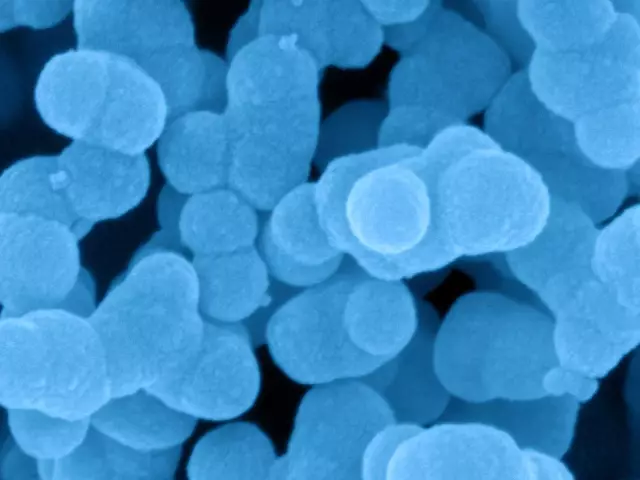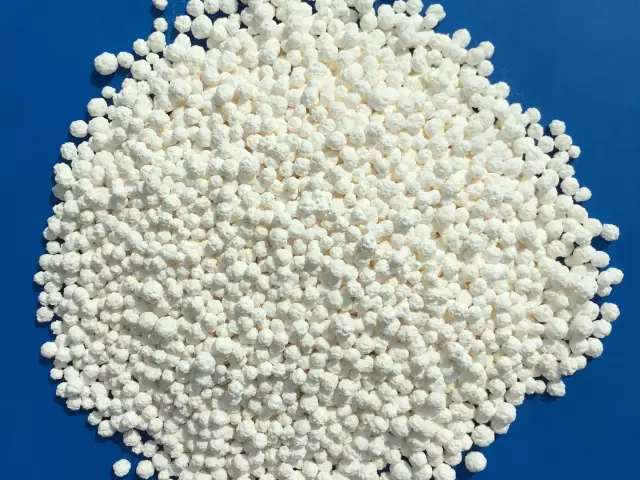- Author Rachel Wainwright [email protected].
- Public 2023-12-15 07:39.
- Last modified 2025-11-02 20:14.
Calcium Acetate
Calcium acetate is a chemical compound - the calcium salt of acetic acid, which is a colorless crystalline substance readily soluble in water with the chemical formula (CH3COO) 2Ca.

In the food industry it is used as a food additive called E263.
Calcium acetate is used:
- In the chemical industry - in the production of acetone;
- In the food industry as a preservative;
- In the production of feed;
- In pharmaceutical production - in the production of disinfectants with strong antimicrobial and antiviral properties.
Obtaining calcium acetate
Previously, this compound was called "burnt wood salt". This was due to the method of obtaining calcium acetate, for which dry distillation of wood was used, which in most cases causes charring or burning.
This compound is not produced on an industrial scale. Under laboratory conditions, calcium acetate is obtained by the action of acetic acid on calcium hydroxide, oxide or carbonate.
Application of calcium acetate in the food industry
Calcium acetate (E263) belongs to the group of food preservatives with an index from E-200 to E-299, which are used to increase the shelf life of food, which occurs due to the suppression of the growth and reproduction of bacteria or fungi.

E263 preservative is approved for use in Russia, EU countries and the USA. However, the effects that can arise from the use of calcium acetate in food are not fully understood. Therefore, in a number of countries this compound is prohibited for use in food production, and the food preservative E263, according to the international classification, has been assigned the status of a “conditionally safe” food additive for human life and health.
In addition to increasing shelf life, calcium acetate is also used as an acidity regulator and plant tissue thickener. This compound softens the naturally sour taste of some foods.
Calcium acetate (E263) was most widely used in the production of bakery products as a means to combat "potato disease".
This disease most often develops in wheat bread against a background of low acidity and high humidity during prolonged storage in a warm room, which contributes to the formation of excessive amounts of dextrins, aldehydes and other compounds with an unpleasant, pungent odor in bread. This makes the flesh of the bread sticky, making it unsuitable for human consumption.
It is impossible to prevent the development of "potato disease" in finished bread, since potato stick spores are heat-resistant. Therefore, calcium acetate is added to flour during the kneading process.
Harm of calcium acetate - food preservative E263
It has been proven that E263 does not have a carcinogenic, toxic or toxic effect on the human body. However, the main harm of this food preservative is its chemical composition, which is unsafe for people with intolerance to food additives.
Also, according to many studies, calcium acetate is a powerful allergen that can provoke asthma attacks and persistent allergic reactions. However, research has not revealed the maximum permissible norms of daily consumption of E263 in food.
Thus, calcium acetate in food is dangerous for people with:
- Individual intolerance to food additives;
- Allergic diseases.
Also, doctors advise parents to try to exclude foods containing this unsafe preservative from the children's diet.
Found a mistake in the text? Select it and press Ctrl + Enter.






